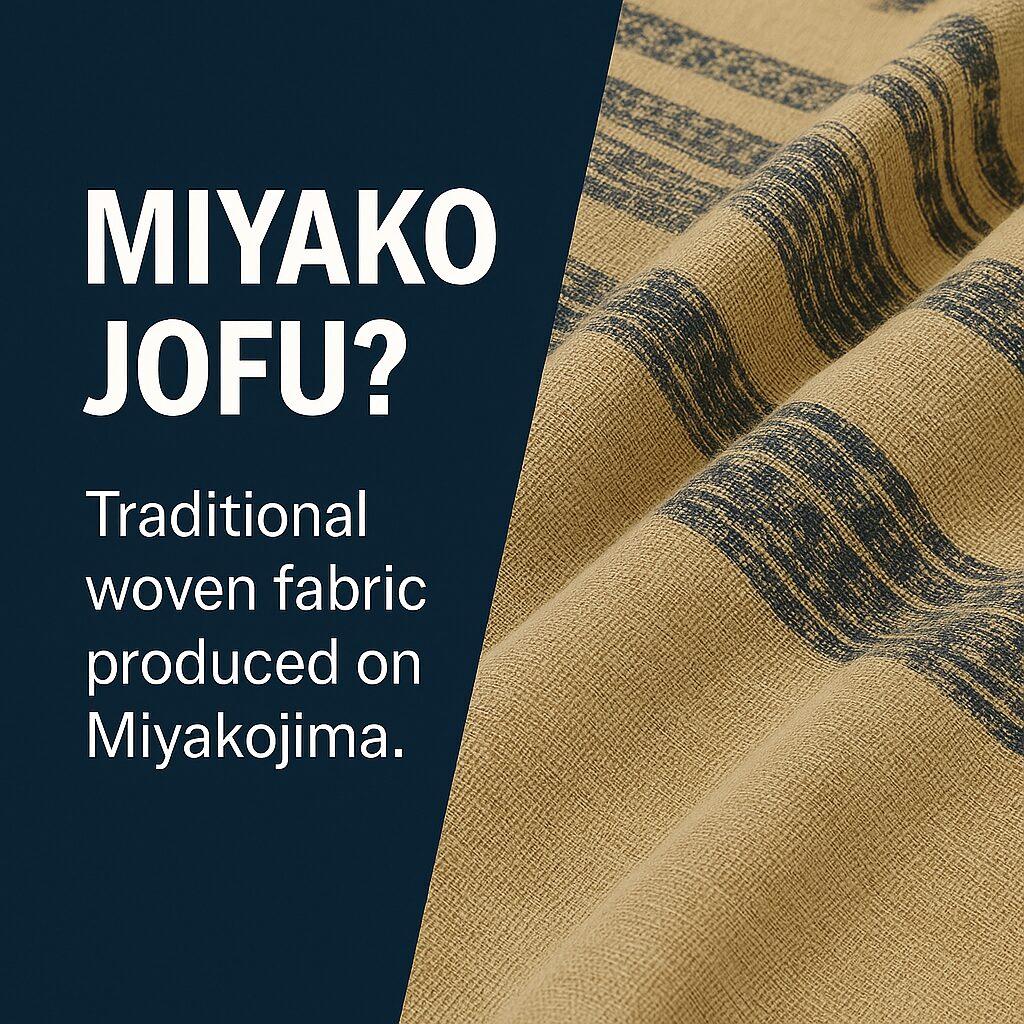

Miyako Jofu (宮古上布) is a traditional hemp textile produced on Miyakojima Island in Okinawa Prefecture. It is considered one of Japan’s most prestigious and high-end summer kimono fabrics. Known for its beautiful kasuri (ikat) patterns, lightweight texture, and excellent breathability, Miyako Jofu has long been favored for summer wear.
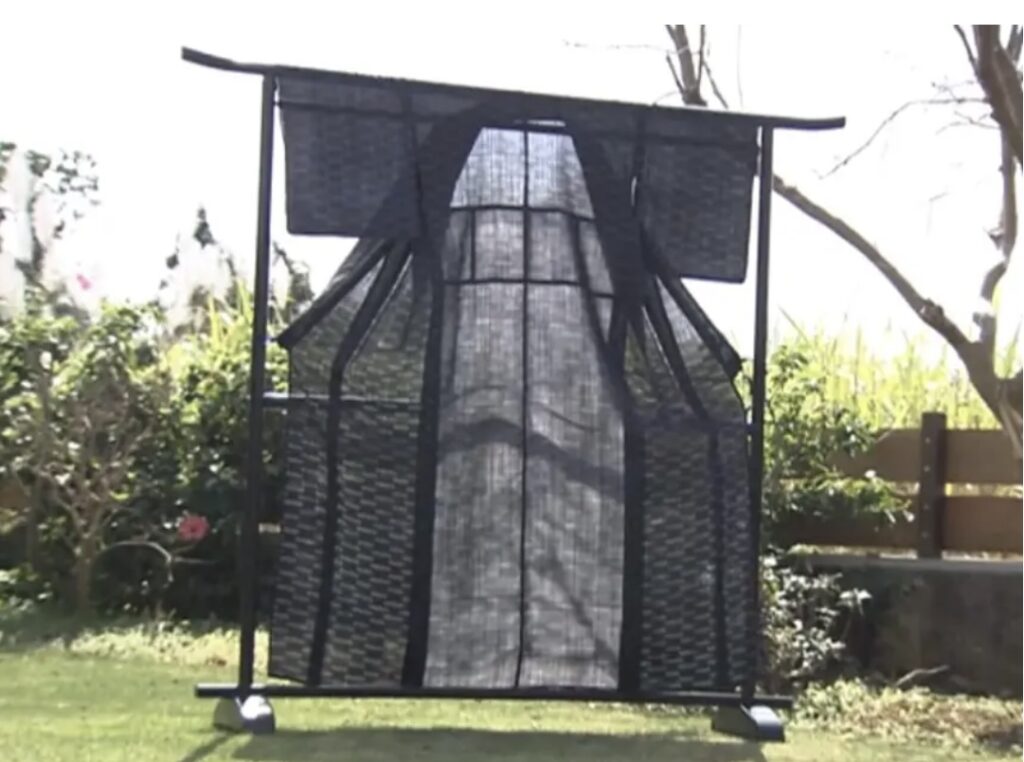
Characteristics
Materials and Craftsmanship:
Miyako Jofu is made using hand-spun threads from choma (ramie), a type of hemp fiber. The threads are carefully handwoven to create the fabric. One of its distinguishing features is its use of Ryukyu indigo and other plant-based dyes, giving it a unique luster and smooth texture.
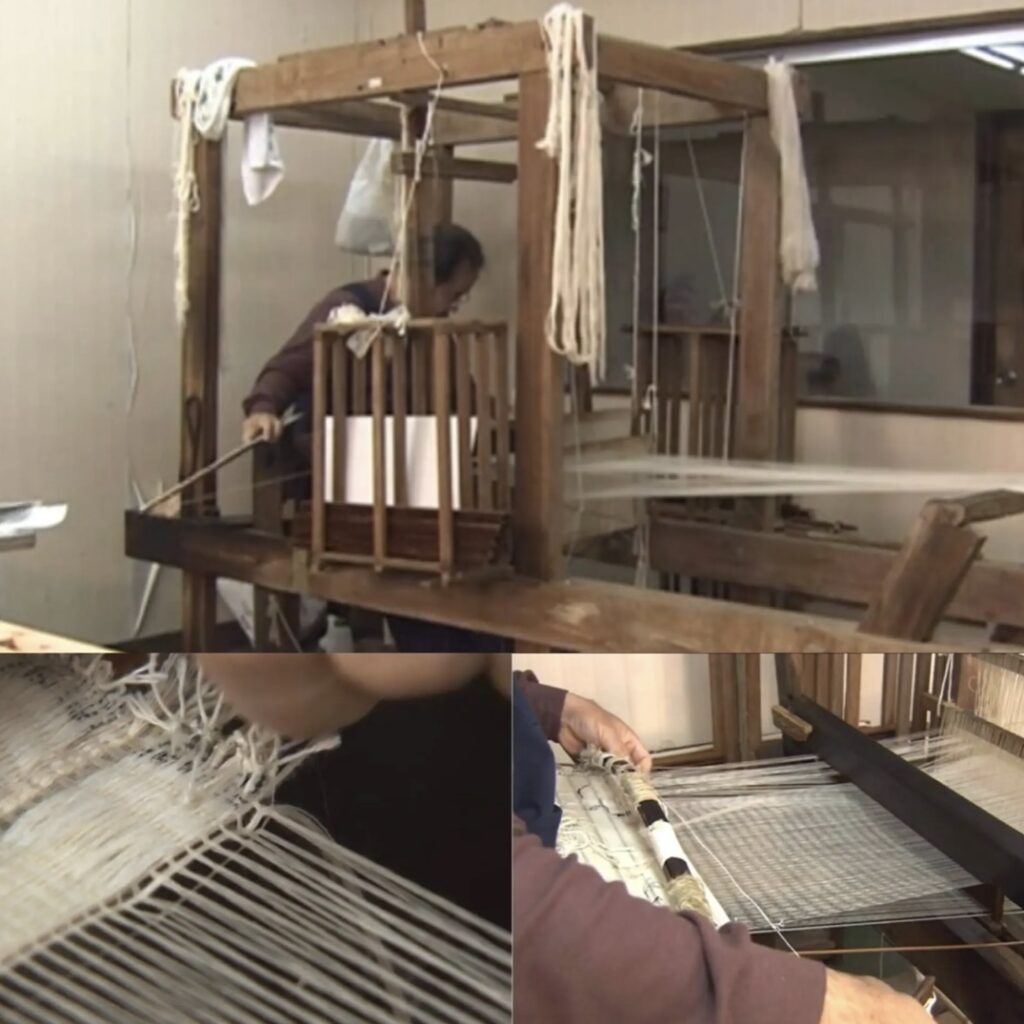
History:
The origins of Miyako Jofu date back to the 14th century. During the Ryukyu Kingdom era, it was highly valued as a textile for the royal court. After the abolition of the head tax in 1903, it began to be produced for markets throughout Japan. The craft reached its technical peak during the Taisho era (1912–1926).
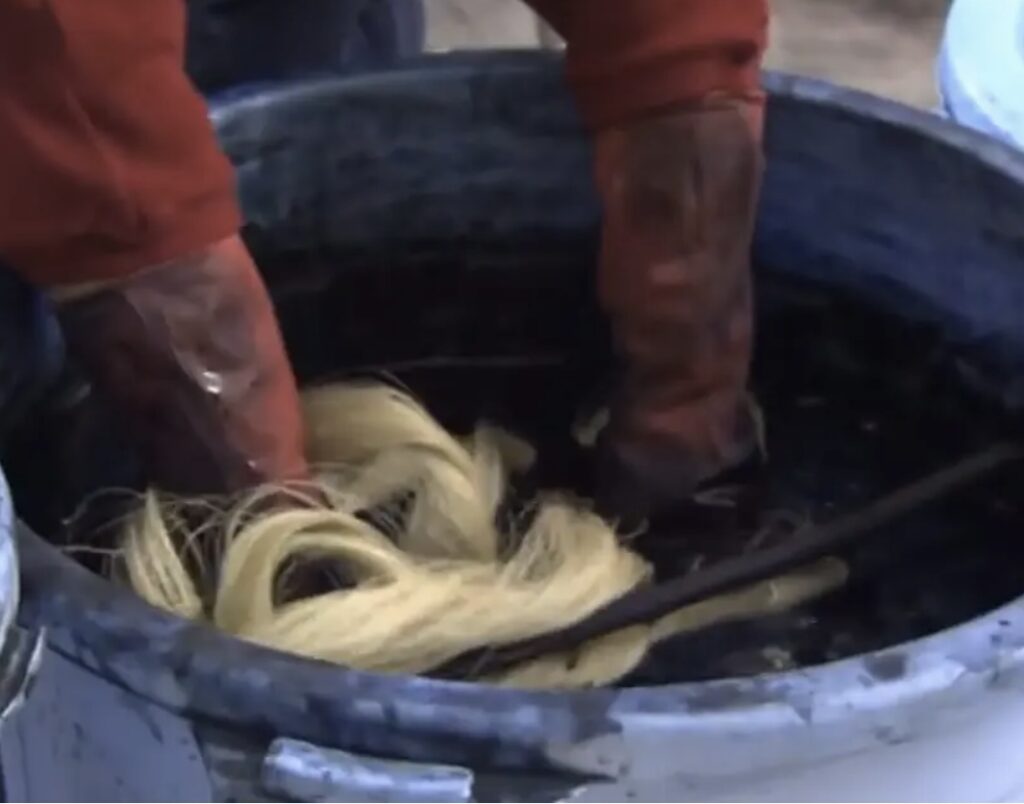
Production continued after World War II, and in 1978, Miyako Jofu was designated a National Important Intangible Cultural Property. In 2003, the hand-spinning technique of choma fibers was officially recognized as a Selected Preservation Technique.
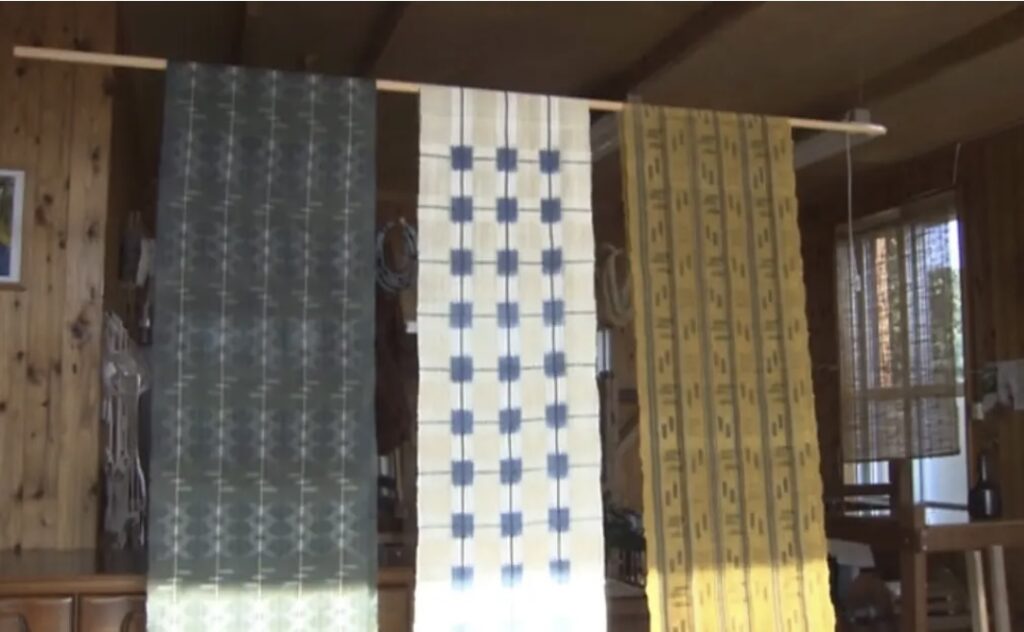
Current Status:
Today, Miyako Jofu is extremely rare, with only about 20 bolts (tan) produced annually. Because of its labor-intensive process and limited supply, it is considered a highly valuable and expensive textile.

Miyako Jofu remains a treasured symbol of Japanese craftsmanship and cultural heritage, combining centuries-old tradition with natural beauty and elegance.







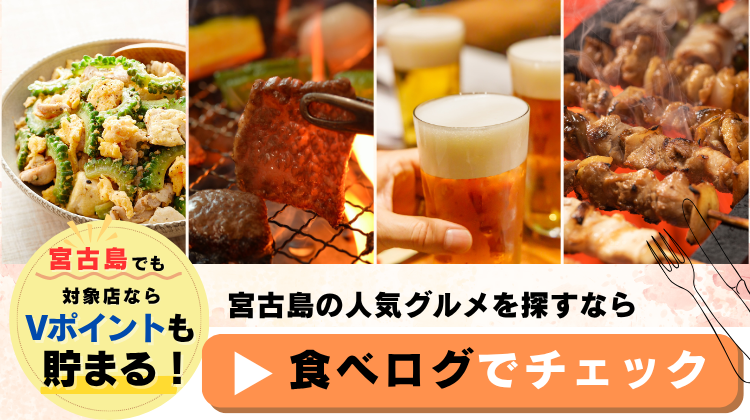
最近のコメント